7 Critical Components of an Effective ERP Feasibility Study: From Assessment to Implementation
You've done your research on Acumatica through webinars, YouTube videos, and conversations with trusted advisors. You're confident it’s on your shortlist—but before diving into implementation, you need to ensure it truly fits your unique business needs and that your team is fully prepared for the transformation ahead.
That’s where a comprehensive ERP feasibility study bridges the gap between initial selection and successful configuration. Unlike outdated approaches that merely ask whether to implement an ERP, a modern feasibility study offers a practical blueprint for transitioning directly from assessment to configuration with clarity and confidence.
Why Most ERP Feasibility Studies Fall Short
Many businesses still treat feasibility studies as isolated exercises—brief assessments that end with a generic recommendation, disconnected from actual implementation. This results in a gap between expectations and outcomes.
A more effective approach tightly integrates feasibility and implementation planning. By designing your configuration roadmap during the feasibility phase, you're better equipped to meet business objectives on time and within budget. The feasibility study isn’t a detour—it’s the foundation of your ERP implementation strategy.
The 7 Must-Have Components of Your ERP Feasibility Study
1. Current State Process Mapping
Go beyond listing pain points—document how your business actually works today:
What are your core processes from order to fulfillment?
Where do handoffs happen between departments?
What manual workarounds have become “normal”?
Are there shadow systems in spreadsheets or side apps?
Pro Tip: Capture the real, messy truth of daily operations. These maps guide the Acumatica configuration, ensuring your ERP reflects your workflows, not an idealized version of them.
2. Business Capability Assessment
Start with business needs, not software features:
What capabilities must be strengthened?
How do those align with your strategic goals?
What metrics define success?
How will stronger capabilities improve your competitive position?
Why This Matters: Rather than feature-chasing, you’re building a strategic foundation that aligns system functionality with business priorities.
3. Value Targeting Framework
Put numbers to your improvement goals:
What cost reductions could be achieved?
Where might operational changes drive revenue?
How will productivity gains impact the bottom line?
What’s a realistic timeline for results?
Reality Check: These value targets become your key performance indicators (KPIs) during implementation, helping to prioritize features and phases.
4. Change Readiness Evaluation
ERP success depends as much on people as on software:
How has your organization handled past tech changes?
Are teams prepared to adapt to new processes and procedures?
Is leadership aligned and committed?
What cultural factors could help—or hinder—adoption?
Critical Insight: Understanding your change landscape helps shape training, communication, and stakeholder engagement plans that align with your company’s reality.
5. Data Strategy and Migration Planning
Data quality will make or break your ERP:
What data needs to be migrated—and why?
Are governance policies in place?
Where are the current data inconsistencies?
Which historical data is actually valuable?
Hard Truth: Data work is often underestimated. Starting early with mapping and cleansing puts your implementation on firmer ground.
6. Risk Assessment and Mitigation Planning
Proactively identify challenges across three key areas:
Technical: System integration, customizations
Organizational: Adoption resistance, leadership gaps
Process: Operational bottlenecks, workflow breakdowns
Risk Mitigation: Addressing risks early helps align resources, reduce surprises, and build a more resilient project plan.
7. Implementation Design and Resource Planning
Turn your feasibility insights into an actionable roadmap:
What phased rollout best suits your organization?
Which Acumatica modules should go first?
What internal resources will be needed?
Where are customizations necessary?
The Complete Picture: Your implementation design outlines timeline, resources, module priorities, and budget considerations—turning your feasibility study into a launchpad for success.
Business Case Validation: A strong feasibility study also includes a comprehensive cost-of-ownership analysis, encompassing not only software pricing but also the full range of associated costs. Acumatica licensing typically represents only a portion of long-term costs. A realistic five-year financial model helps ensure buy-in, budgeting accuracy, and reduced sticker shock later.
From Feasibility to Configuration: The Modern Approach
Today's ERP journey differs significantly from what it was just a few years ago. Rather than lengthy RFP processes, companies are shortlisting potential vendors early on through webinars, YouTube demos, and recommendations from trusted advisors. The feasibility study then serves as a bridge, transforming early interest into a clear and confident implementation path.
Key outputs of a modern feasibility study include:
Implementation Design Document – A blueprint aligning system functionality with business needs
Project Timeline – A realistic schedule based on your complexity and resource constraints
Data Conversion Strategy – A head start on migration templates and cleansing tasks
Training Plan – Learning tracks to prepare your pilot users before testing
Prototype Specification – Requirements for a working system mock-up to validate with end users
This modern approach streamlines the traditional selection process—your feasibility partner typically becomes your implementation partner, creating accountability and continuity from assessment through go-live.
The Bottom Line: Feasibility as the Foundation for Success
A feasibility study isn’t just a pre-implementation step—it’s the launchpad for a successful Acumatica rollout. In just 4–8 weeks, it can reduce risk, align stakeholders, clarify expectations, and dramatically improve your odds of success.
With a proper feasibility study, you'll step into configuration with clarity, not confusion.
By completing a thorough feasibility study, you will enter the configuration phase with confidence, armed with a detailed implementation design, a clear business case, and realistic expectations about the transformation ahead.
Ready to move from feasibility to configuration with confidence? Our team specializes in guiding businesses through this critical transition phase with Acumatica. Contact us today to discover how our feasibility-to-implementation methodology can help deliver a smoother and more successful ERP transformation.

